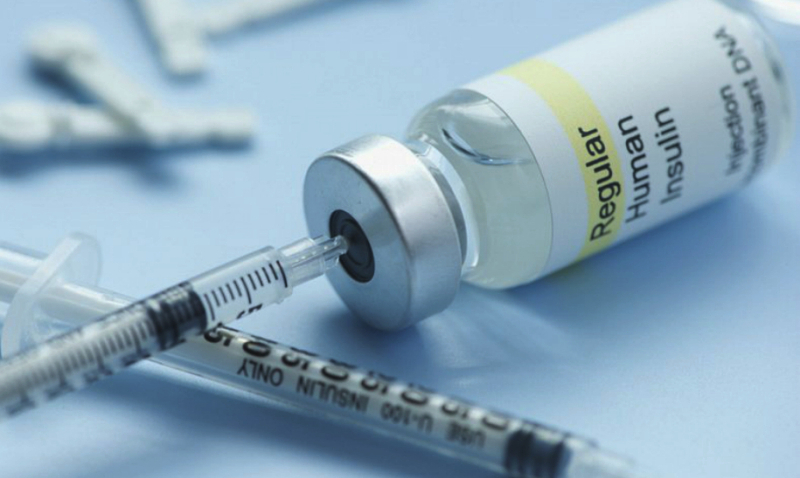
A way to regulate blood sugar without insulin has been found
0
Scientists from Europe and the USA discovered the hormone, with the help of which can regulate blood glucose levels independently of insulin. The authors hope that their discovery will lay the foundation for new methods of treating diabetes and allow the creation of drugs to effectively and safely reduce sugar in people suffering from insulin resistance. The results of the study were published in the journal Cell Metabolism.
The discovery of insulin a hundred years ago gave hope to millions of people with diabetes. Since then, this pancreatic hormone has been considered the primary treatment for conditions characterized by elevated blood sugar levels, such as diabetes.
Now, researchers from the American Salk Institute, together with colleagues from Germany, the Netherlands and Switzerland, have discovered another substance produced in adipose tissue that regulates blood glucose levels as efficiently and quickly as insulin, the hormone FGF1. Like insulin, FGF1 controls blood glucose levels by inhibiting the breakdown of fats, lipolysis, but uses a different molecular mechanism to do so.
“The discovery of a second hormone that inhibits lipolysis and lowers the level of glucose, is a scientific breakthrough, – the words of the head of the study, Professor Ronald Evans, are quoted in the press release of the Salk Institute. “We have identified a new player that will help us understand how the body regulates energy reserves.”
Energy-rich fats and glucose enter the bloodstream with food. Normally, insulin delivers these nutrients to muscle cells and fat tissue, where they are either used immediately or stored for later use. In people with insulin resistance, glucose is not efficiently removed from the blood, and high lipolysis increases the level of fatty acids. These extra fatty acids trigger the production of glucose in the liver, increasing its already high level. In addition, by accumulating in the organs, fatty acids increase insulin resistance, which is characteristic of diabetes and obesity.
Earlier, scientists from the Salk Institute found that the introduction of FGF1 sharply lowers blood glucose levels in mice and long-term therapy with this hormone reduces insulin resistance, but the molecular mechanism of the process remained a mystery. Now the authors have found that FGF1, like insulin, inhibits lipolysis and regulates glucose production in the liver, but uses a different signaling pathway.
“Essentially, this is , a parallel pathway with all its advantages, says first author Gencer Sancar from Professor Evans' lab. – In insulin resistance, the transmission of insulin signals is impaired. However, another signaling pathway can work in this case. Thus, control over lipolysis and blood glucose regulation is maintained.”
The authors hope that the discovery of a new enzyme with its own signaling pathway opens up opportunities for new drugs and basic research.









Leave a Reply